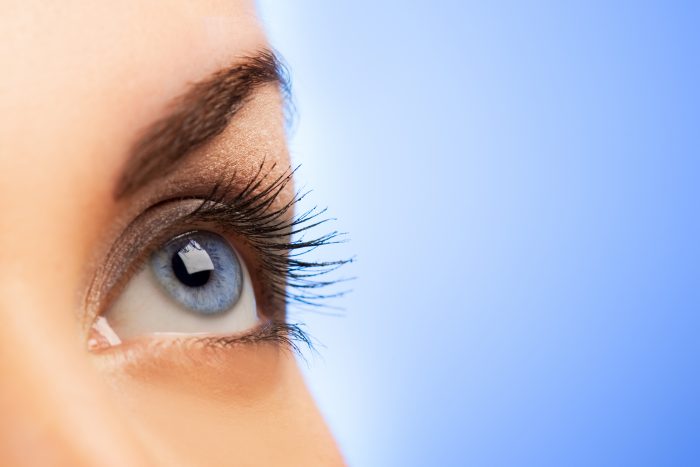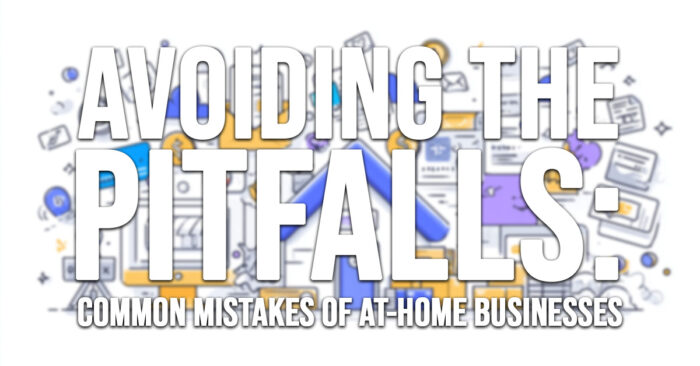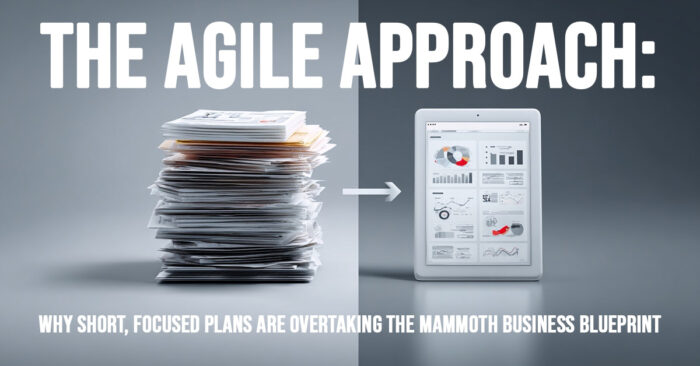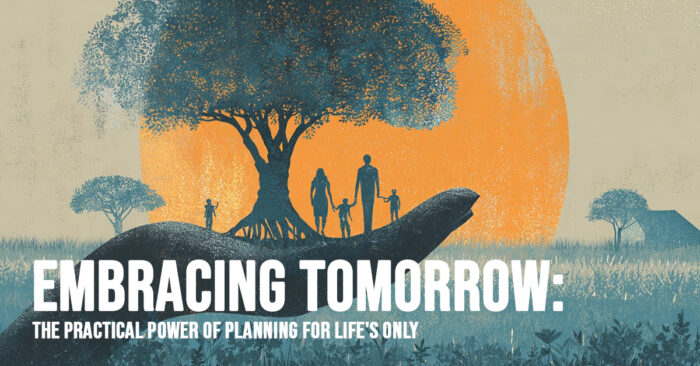Relieving Your Retina

You wake up in the morning to that annoying sound of your alarm, open your eyes to that bright screen, squinting as you press snooze. You wake up, check up on all your social media posts, emails, text messages, then get ready for work. You get to work, where you stare at your computer for eight hours—per day. After you leave, you spend another hour scrolling through your cell phone. The rest of your evening is spent binge-watching your favorite Netflix series. When it gets late, you go to bed, so that you can get enough rest to wake up the next day and have another very similar day.
This is true about the average American on a daily basis. Whether it be research on a computer screen, constant social media updates, or working in front of a computer for eight hours straight, we spend the majority of our time staring at the blue light that comes from these devices.
Blue light can be beneficial for us—in moderation, just like most other things. It can boost alertness, improve memory and cognitive function, and elevate mood. However, with so many technologies, studies are beginning to show concerns with too much blue light.
Your eyes are affected by blue light because it passes through the cornea and lens of your eye, directly reaching the retina. It’s possible this could result in premature aging of your eyes. Too much blue light can damage your retina, and can also cause what’s known as Digital Eyestrain. The symptoms of Digital Eyestrain are fatigue, dry and sore eyes, difficulty focusing. The strain on your eyes can cause headaches and blurred vision in your days to come.
Scientists aren’t sure of all the long-term effects of digital eyestrain.
Prevention:
- Wear protection—no, not that kind of protection.
There are filters to apply to your computer screen to lessen the amount of blue light your eyes are receiving, as well as glasses you can wear to protect your eyes.
- Make sure your screen is at the right level, and that your computer’s resolution is crisp enough to prevent straining your eyes trying to read.
- Use what’s known as the 20-20-20 rule: Take a break from working every 20 minutes, stare at something 20 feet away for 20 seconds. This will help you regain focus and prevent damage to your retina.
- Try to be more conscientious of the effects of your constant cell-phone and computer use, for your own
 By: KayLynn
By: KayLynn
Do you have questions about your insurance? Find an insurance agent near you with our Agent Finder
Search All Blogs
Search All Blogs
Read More Blogs
Beyond Boredom: Unearthing the Surprising Stories Behind Our Favorite Board Games
Game night secrets revealed! Discover the surprising origins and quirky facts behind your beloved board games.
Avoiding the Pitfalls: Common Mistakes of At-Home Businesses
Launch your home business right! Learn to avoid the common errors that can derail your entrepreneurial dreams.
Your Life Insurance Recipe: Crafting the Perfect Blend for Your Family’s Future
Find your perfect life insurance mix: Learn how to blend term and permanent policies for optimal family protection.
From Ford’s Innovation to Today’s Marvel: Unveiling the Secrets of Modern Car Production
Beyond the assembly line: Discover the surprising speed, customization, and quality checks involved in modern car manufacturing.
Beyond Pizza and Promises: Recognizing When It’s Time to Hire Professional Movers
Time to call the pros? Learn when pizza and beer just won’t cut it for your next move.
Mapping Our Roots: Uncovering the Stories Behind American City Names
City names revealed! Discover the historical, religious, and geographical influences behind the monikers of American cities.
The Agile Approach: Why Short, Focused Plans Are Overtaking the Mammoth Business Blueprint
Ditch the doorstop plan! Discover why concise, adaptable strategies are the new gold standard for business success.
Embracing Tomorrow: The Practical Power of Planning for Life’s Only Certainty
Face the future with confidence: Understand how planning for life’s only certainty with life insurance can provide lasting security.
Steering Your Savings: Taking Control of Your Car Insurance Rates
You’re in the driver’s seat! Learn how your credit, driving habits, vehicle choice, and smart shopping can lower your car insurance costs.
Underfoot Upgrade: Transforming Your Garage Floor from Forgotten to Fantastic
Don’t ignore your garage floor! Discover easy and impactful ways to upgrade this often-neglected area of your home.









